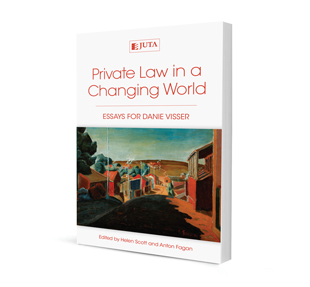The textual layers of European contract law

The textual layers of European contract law
Authors R Zimmermann
ISSN: 1996-2088
Affiliations: Honorary Professor of Law at the University of Edinburgh
Source: Acta Juridica, 2019, p. 165 – 199
Abstract
For the past four decades, lawyers in Europe have been fascinated by the idea of creating (or re-creating) a European private law. Contract law has, so far, been at the centre of attention. Various actors have shaped the development: the European legislature and the European Court of Justice as much as academic writers. National law reform has also contributed to a rapprochement of thinking patterns. One of the most interesting developments has been the creation of various sets of model rules, or restatements, of European contract law. It began with the elaboration of ‘Principles of European Contract Law’ by the ‘Lando’ Commission, a purely academic initiative, and it eventually led, in 2011, to the publication of a Proposal for a Regulation on a European Sales Law, ie the attempt to codify central parts of general contract law and sales law within the European Union. That Proposal was withdrawn by the European Commission in late 2014. Thus, there is now some time for reflection. The present essay attempts to sketch the various ‘textual layers’ that have accumulated in the quest for a code of European contract law. At the same time, it explains the background for a research project that attempts to provide a synthesis of the development.